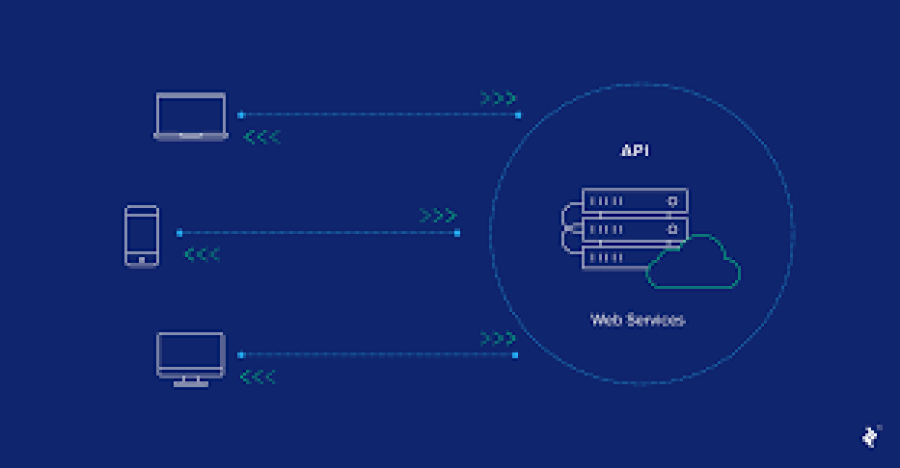How to Secure a Website: Best Practices for Web Developers
At FreelancerBridge, we recognize that website security is paramount to building user trust and maintaining a competitive edge online. In our guide, "How to Secure a Website: Best Practices for Web Developers," we outline a comprehensive approach to safeguarding your site against cyber threats. As security directly influences SEO and overall site performance, our resource is designed to equip developers with actionable strategies and industry best practices that ensure data protection, maintain integrity, and boost search engine rankings. Whether you're a seasoned developer or just starting out, these essential security measures will help you create robust, resilient, and secure web applications.
Long Description
Securing a website requires a multi-layered strategy that addresses vulnerabilities at every level—from the server and code to user authentication and data management. At FreelancerBridge, we bring together the most effective security practices to help you build websites that are not only safe but also optimized for performance and SEO. Below are key areas and actionable points to consider:
Implement SSL/TLS Encryption:
Encrypting data transmitted between your server and users is fundamental. Secure Sockets Layer (SSL) and Transport Layer Security (TLS) protect sensitive data, improve user confidence, and are favored by search engines. A secure connection is now a standard ranking factor in SEO.Regular Software Updates and Patch Management:
Keeping your content management system, plugins, and server software up to date is critical. Outdated software can harbor vulnerabilities that hackers exploit. Establish a routine for updating and patching all components to minimize security risks.Strong Authentication and Access Controls:
Enhance security by implementing robust authentication methods such as multi-factor authentication (MFA). Ensure that access to critical areas of your website is restricted through proper authorization protocols, minimizing the risk of unauthorized access or insider threats.Data Backup and Recovery Plan:
Regular backups are essential for data recovery in the event of a breach or system failure. Develop and test a comprehensive backup strategy that includes offsite storage, ensuring that you can quickly restore your website and minimize downtime.Adopt Secure Coding Practices:
Prevent vulnerabilities such as SQL injection, cross-site scripting (XSS), and cross-site request forgery (CSRF) by integrating secure coding practices. Utilize code reviews, static analysis tools, and automated testing to identify and fix potential security flaws before deployment.Deploy a Web Application Firewall (WAF):
A WAF provides an extra layer of defense by monitoring and filtering incoming traffic. It helps block malicious requests, mitigating threats such as DDoS attacks and preventing common exploits before they reach your application.Utilize a Content Delivery Network (CDN):
Beyond improving load times and user experience, a CDN enhances security by distributing traffic across multiple servers. This distribution helps absorb traffic spikes and defends against DDoS attacks, ensuring your website remains accessible during peak times.Conduct Regular Security Audits and Penetration Testing:
Schedule periodic security assessments to identify vulnerabilities and verify that your security measures are effective. Penetration testing simulates attacks to uncover weaknesses, allowing you to address them proactively before they can be exploited.Implement Comprehensive Monitoring and Logging:
Continuous monitoring of your website can detect suspicious activities early. By logging user actions and system events, you can quickly identify and respond to potential breaches, maintaining a secure environment and supporting forensic investigations if needed.Educate and Train Your Development Team:
Security is a team effort. Regular training ensures that your developers and IT staff stay updated on the latest threats and best practices. A well-informed team is your best line of defense against security breaches and helps cultivate a security-first culture within your organization.
By integrating these best practices into your development process, you can significantly mitigate security risks while enhancing your website's performance and SEO. FreelancerBridge is committed to bridging the gap between complex technical challenges and practical solutions, empowering you to create secure, reliable, and high-performing web applications that stand out in today’s digital landscape.


 by Emily
by Emily




